The existence of a social divide between varsity athletes and the rest of the Macalester student body became a topic of debate last spring. Posts on the Mac Confessions Facebook page detailed the “athlete privilege” from which several hundred Macalester students supposedly benefit each year. The complaints ranged from unequal access to the weight room to free food offered to athletes after games. Many of these claims were either untrue or exaggerated, such as the offering of the “free food,” which is not so much free as a replacement of the meal served in Café Mac, which in these cases athletes cannot take advantage of but for which they have already paid. “A lot of it was unfounded, and most of it was hurtful,” said Anna Munson ’15, president of the Student-Athlete Advisory Committee (SAAC) and a member of the softball team.
Regardless of the validity of this divide, perceptions about a conflict between these two groups are strong and varied across campus. The purpose of this piece and subsequent articles will be to diagnose the extent to which this schism, or lack thereof, affects everyday campus life, identify the harmful perceptions held by both sides and to search for remedies.
A common thread among the athletes interviewed was that the divide is dramatically exaggerated, but the perceptions thrust upon them are tiresome. “I’m more multi-faceted and interested than just a soccer player, and it frustrates me that people can be labeled just by their sport,” Pia Mingkwan ’17 said.
Munson empathized with Mingkwan’s disappointment, “Your sport is your identity [to some people] and that sucks,” she said. This habit abridges and suppresses all the other qualities student-athletes embody.
Of course, athletes cannot afford to dedicate their time to orgs as much as non-athletes can. “When you’re in season it’s really difficult to find time to do other things, which is really frustrating for me,” Mingkwan said. Both Mingkwan and Munson noted the primacy of academics in the lives of Division III athletes. In a blogpost for The Orange, Munson dispelled many of the assumptions made about athletes at schools like Macalester: “We do not receive scholarships, we do not get personal tutors, we do not get assigned different homework or tests and we certainly do not consider it a perk to skip class because, as any student-athlete knows, missing class simply means more work later on,” she wrote.
Konnor Fleming ’15, secretary of SAAC as well as a football/track two-sport athlete and a member of Scotch Tape, encourages people to remember that “the divide is there because we make it so.” He equates the problem with students failing to recognize how hard student-athletes work and vice versa. “It’s easy to lose perspective of what everyone is doing when you’re so focused on your own work,” he said.
Munson stressed that the divide is primarily a visual one. “If the psych club is sitting together in Café Mac, you can’t tell. But a sports team has visual cues like team sweatshirts or ice bags, and then they’re assumed to be cliquey,” she said.
Samantha Bongiorno ’17, a volleyball player, concurred: “You go into Cafe Mac and see these big tables full of athletes, but on the volleyball team we are trying not to be cliquey. We’re perceived that way, and because of that people are scared of us.”
Athletes are often characterized as a homogenous group, Munson contends. She likens it to a tight-knit org, but this org just happens to have 500 members. The downside of this perception is obvious: “The actions of individual athletes are often prescribed to the entire community,” she said.
These opinions are not shared uniformly by all athletes. “I think the divide between athletes and non-athletes is really blurry. I don’t think there’s that much of a divide,” said Smaranda Georgescu ’17, a swimmer. Maddy Blain ’15, a soccer player, chalks up differences to the tenets of sports culture: “Macalester values knowledge over grades, and athletics is more results-oriented, or in other words encourages grades over knowledge,” she said. This reality of sports culture, although not specific to Macalester, led Blain to branch out beyond her team and spend more time with non-athletes.
Non-athletes agree that the distance between the two communities often feels unnecessarily daunting. Ollin Montes ’17 was pessimistic about the current state of interactions: “I feel like sometimes I’ll walk into a room with an athlete and there’s already some unspoken judgment of the athlete. I think there is this perception among some students that they can’t casually engage in a conversation with an athlete,” he said. Lauren Mayer ’17, who quit golf after her first year, thought of athletics as simply an extension of her social life, and did not find the dynamic between her sport and her other friends problematic.
Vaishnavi Madhavan ’17, who is not a varsity athlete, believes that the divide arises out of logistics rather than malice between the communities. “I was talking to someone on the track team and she was telling me that it’s hard to hang out and be a part of another social scene at Mac because a lot of athletes have Saturday morning practices and workouts, so they can’t be a part of the Friday night scene. She strongly felt that Mac is a one-night party school, and because athletes often can’t be there, there is a strong divide,” Madhavan said.
The general consensus is that the divide exists, but that students on both sides find it troublesome. As Fleming said, the debate “came about in a way that didn’t allow for functional conversations to be had.” But the new year allows for SAAC to begin the work of bridging this gap. For example, the committee’s Kofi Cup, a prize for which every varsity team competes, awards points to teams for not only attending sporting events, but also for supporting any Macalester performances, whether they be plays, sketch comedy, a capella nights or otherwise. The group is also expanding its annual food drive to include the entire Macalester community rather than just varsity athletes. The group’s mission is to foster school spirit, whether that means watching a soccer game or attending the event of a cultural org.
At least at some level, there is a lack of communication amongst the student community. “[The divide] is just a result of stereotyping on both sides,” Munson said.
In the interest of further examining these perceptions and their validity, The Mac Weekly will run more stories about this supposed divide in the coming weeks, each concerning a different angle of this issue.


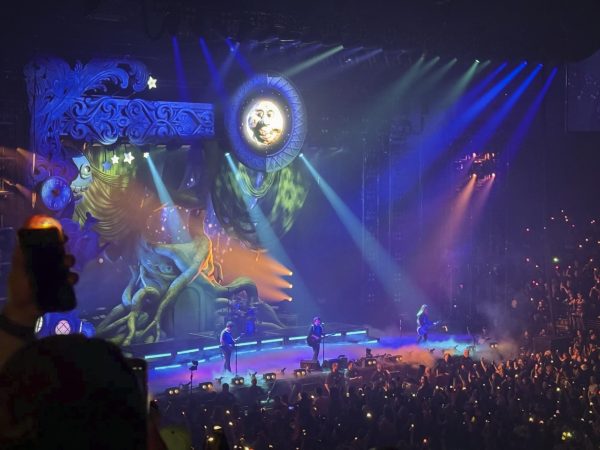
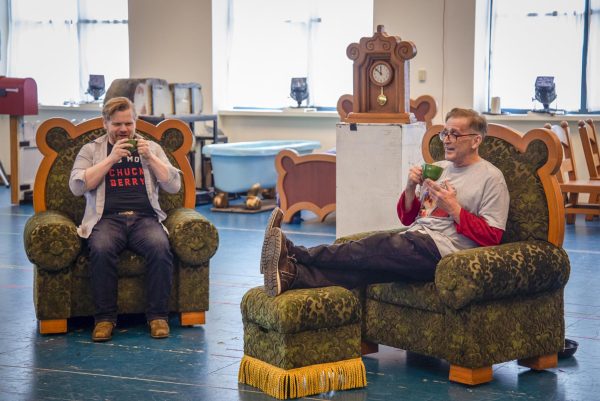
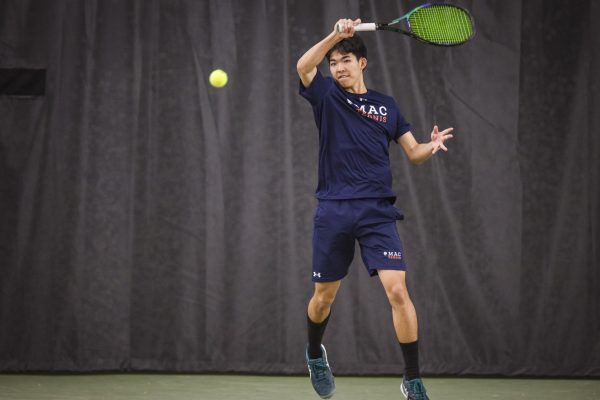
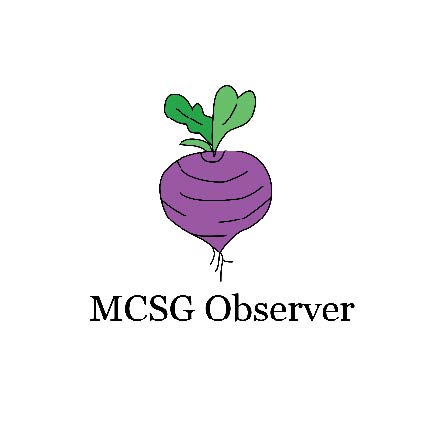





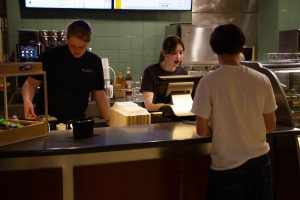
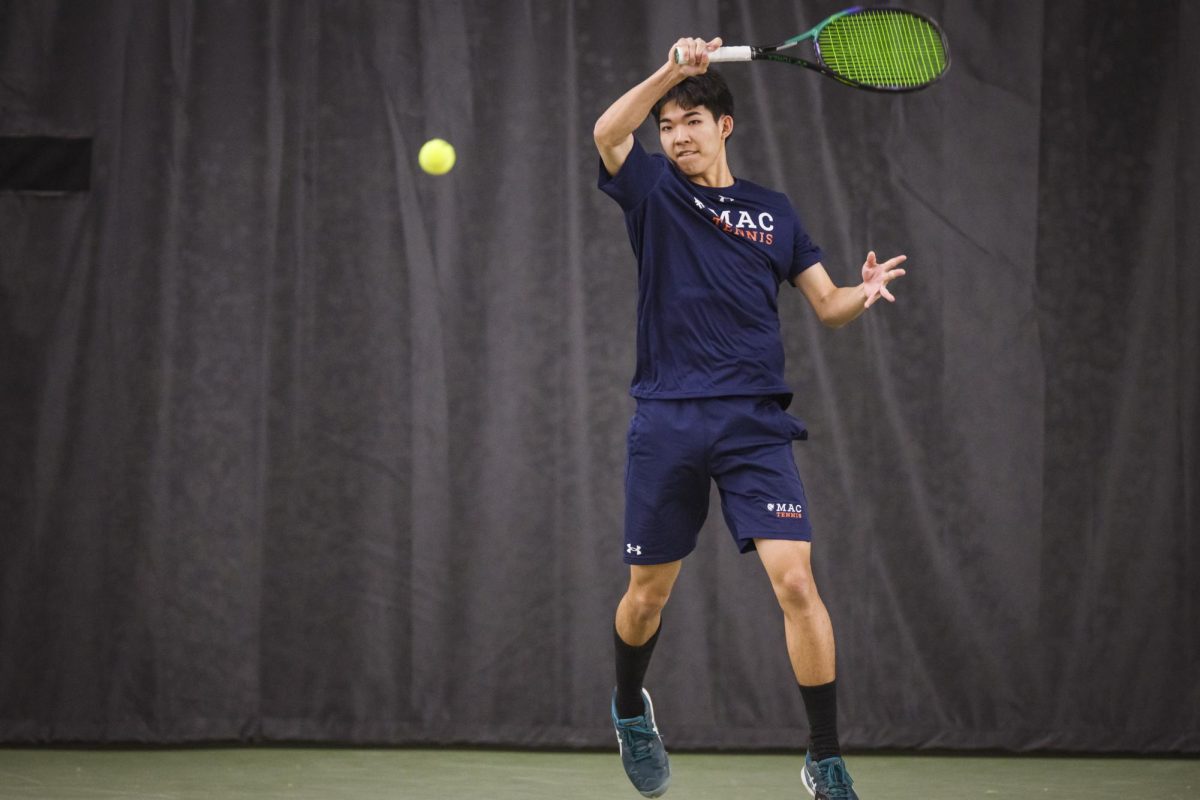
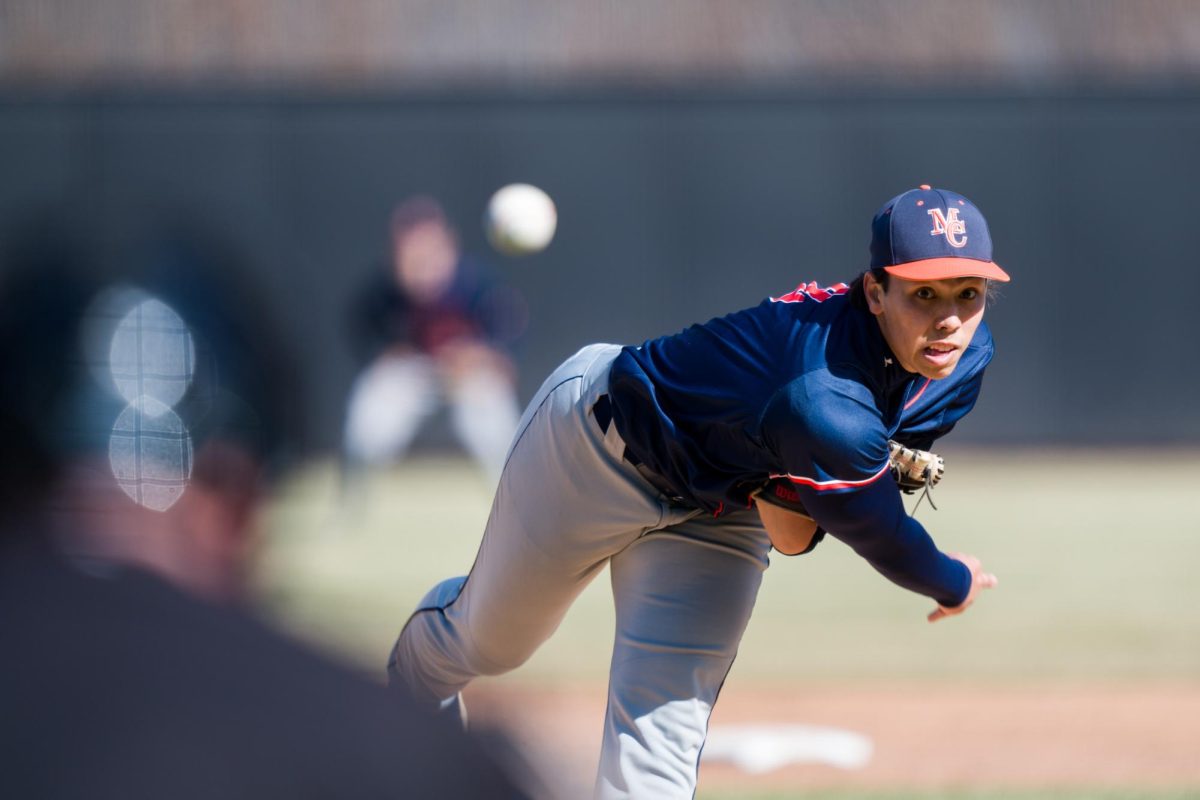
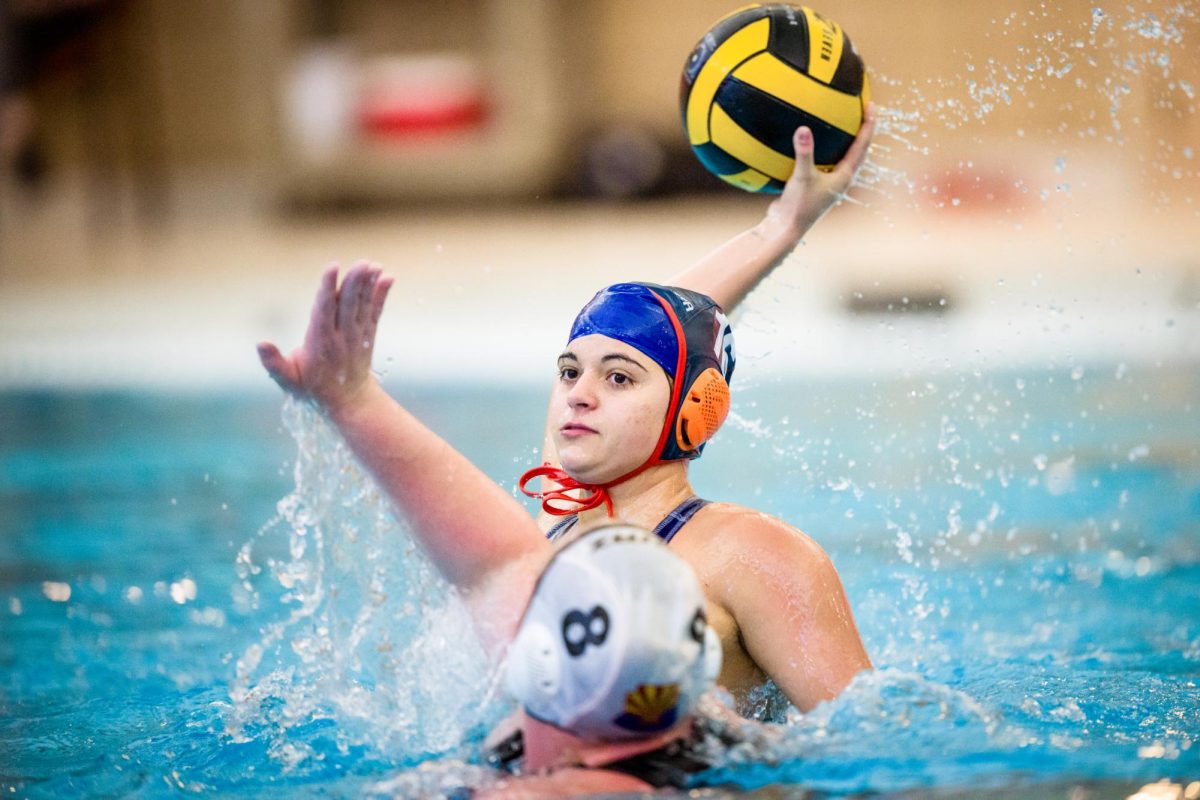

Sue Cornish • Sep 11, 2019 at 10:05 pm
If you would like to improve your experience simply keep visiting this website and be updated with the newest gossip posted here.
Simon Graham • Sep 10, 2019 at 3:45 pm
—
Wendy Nash • Sep 7, 2019 at 5:07 pm
It’s not my first time to go to see this site, i am visiting this web site dailly and take pleasant information from here daily.